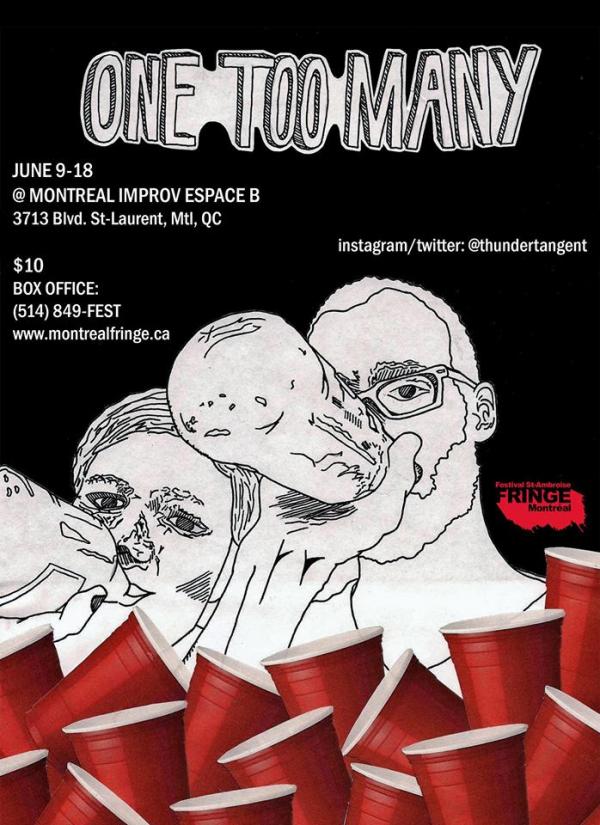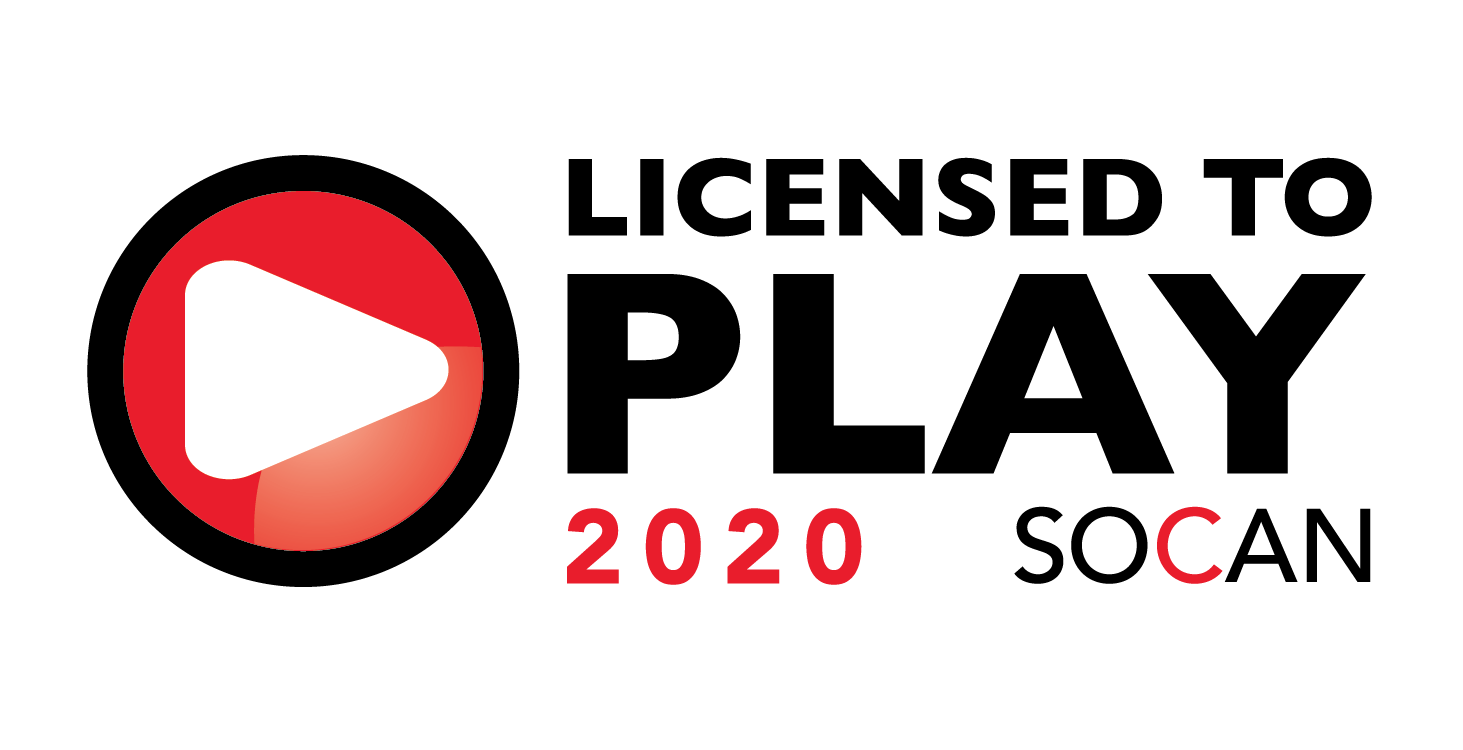FRINGE 2017: One Too Many Brings Poignant Narrative

One Too Many is a two-person play rife with symbolism and inner reflection. It challenges the way we look at excessive alcohol consumption and questions our behaviour once we’ve had one too many drinks. Based on their life and experiences, Evan and Calla confront their own complicated relationships with alcohol and explore their varying alcohol dependencies with the audience. It is a must-see if you want to better understand the struggle of substance abusers.
Having been lucky enough to discuss the play with the artists, I can provide some insight into their thought process, their vision and their message (ATTENTION: spoilers ahead!).
The play is structured in four parts, and is based around the four stages of dependency and the four stages of inebriation. Between each section, we hear of the next stage of inebriation along with a scientific explanation about what physical state the performers are experiencing. Following these explanations, the performers enact scenes representative of their own alcohol dependency and their friendship that has remained strong throughout.
In part one, they each build what they call “memory towers” out of the classic red and blue plastic cups traditionally used for beer pong. Each cup is adorned with a memory of something they have shared or endured together during the course of their friendship and every time a tower is knocked down, the tower-toppler must take a shot of gin while the other rebuilds it. This rule continues through the show, allowing them to actively choose to drink over preserving their own memories.
Part two was a fun game of Pictionary! Three rounds were played with the audience where, if the drawing was not guessed correctly, the artist would be required to take a shot. This power-play with the audience highlighted the concept that social drinking can sometimes put the number of drinks one has into the hands of someone other than yourself and was masterfully paired with the concept that failure is inevitable after enough drinks.
The two interludes that accompanied part two evolved from puns. Evan had to literally hold his liquor as he balanced partially filled plastic cups on his out-stretched arms and head. It was an elegant demonstration of having to function normally while carrying the burden that too many drinks can bring. On a similar concept, Calla performed a literal interpretation of cotton mouth by placing gin-soaked cotton balls in her mouth while reciting a monologue. This continued as long as she could tolerate it and ended with her throwing them up into a bucket. The lack of subtly made this part particularly poignant. Drinking until one vomits is not uncommon, but seeing it displayed like this drives home the fact that drinking to that point is self-inflicted.
Part three became more violent and harsh. It was built on the recklessness of drinking to excess and the carelessness with which people handle their own health. Eggs representing the fragility of common sense were gruesomely filled with fragments of what looked like human brains and carelessly tossed back and forth. Once the first one was dropped and smashed to pieces, the rest were ruthlessly given as a sacrifice to the domination of alcohol dependency.
The final part was an enactment of the vicious circle that is the dependency of alcohol. They stripped naked, hiding nothing from the oppressiveness of their alcoholism, and bathed in its nectar. This act of cleansing, this statement of starting over, was negated by the contamination of their purifying agent. It was a compelling way of saying that the road to freedom is so often paved with what you are trying to escape.



